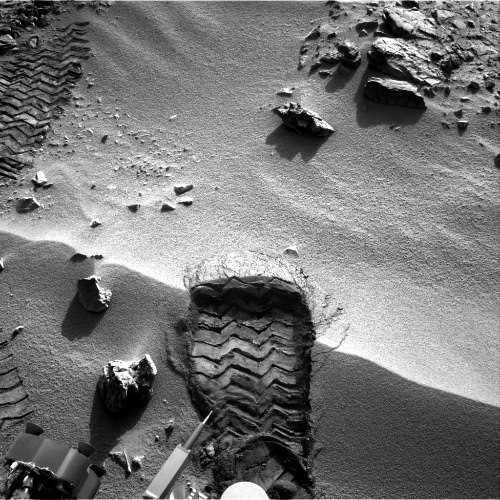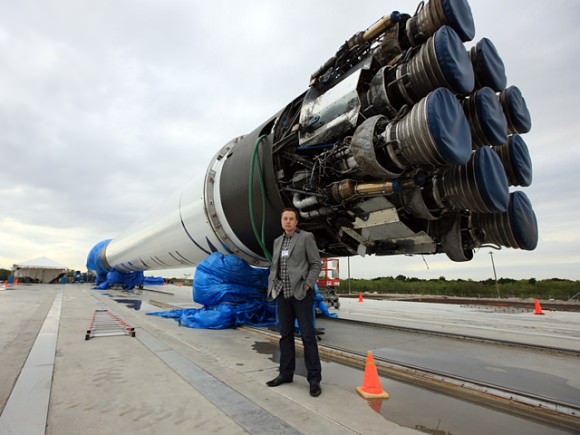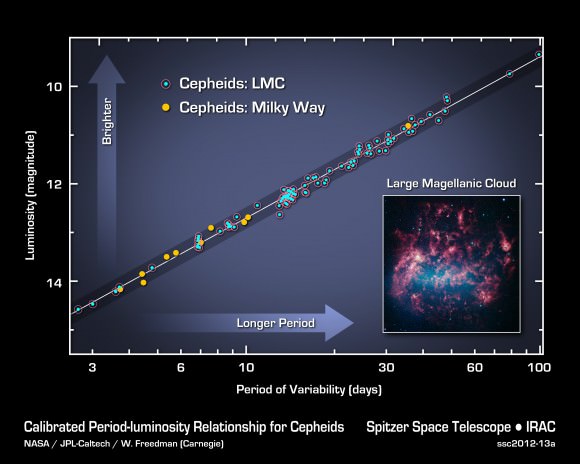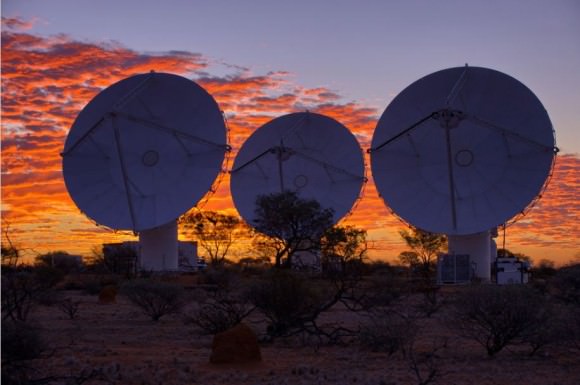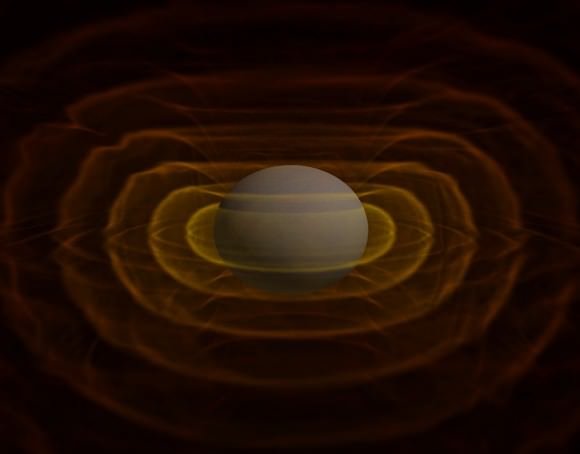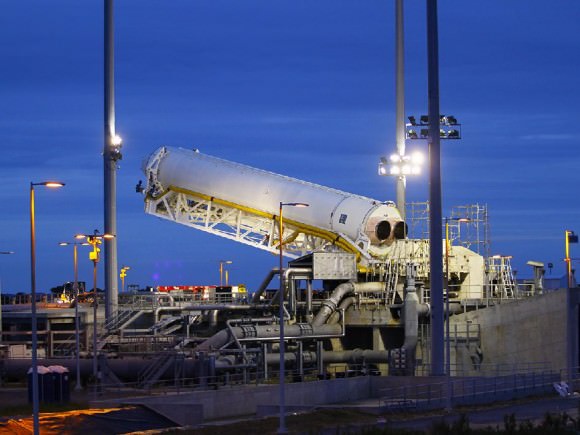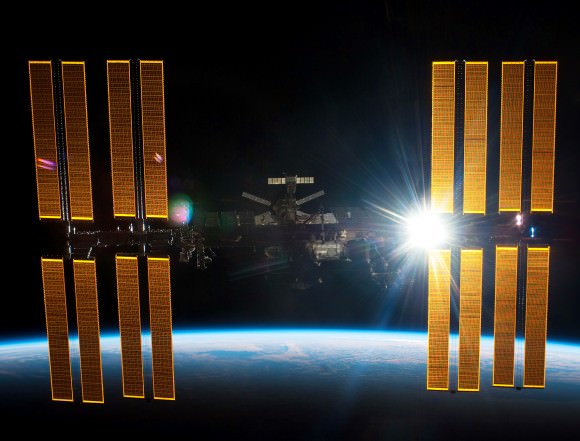Thursday, 4 October 2012
mY liFe mY waY
Watch Live Webcast: What Does Hubble’s Deepest Image of the Universe Reveal?
by sandeep janjirala on OCTOBER 4, 2012
Astronomers using the Hubble Space Telescope recently released the deepest image of the sky ever obtained which reveals the faintest and most distant galaxies ever seen. The Hubble eXtreme Deep Field (XDF) is like a time machine, allowing us to see at how some galaxies looked just 450 million years after the Universe’s birth in the Big Bang.
Want to know more? The Kavli Foundation is hosting a live Q&A webcast on October 4 from 18:00- 18:30 UTC (11-11:30 am PDT) to provide the public a chance to ask questions of leading scientists about the image and the science behind it. Pascal Oesch, a Hubble Fellow at the University of California at Santa Cruz, and Michele Trenti, a researcher at the Kavli Institute for Cosmology, Cambridge at the University of Cambridge in the U.K., will discuss the image and answer questions about how the image was created and what it reveals about the early Universe. Watch the webcast below or at this link. Viewers may submit questions to the two Hubble researchers via Twitter using #KavliAstro or email to info@kavlifoundation.org.
Read more: http://www.universetoday.com/#ixzz28Izuvry7
Read more: http://www.universetoday.com/#ixzz28IziCUJJ
Curiosity’s “Bootprint” on Mars
by sandeep janjirala on OCTOBER 4, 2012
Read more: http://www.universetoday.com/#ixzz28J0ARcMO
Looking very similar to the iconic first footprint on the Moon from the Apollo 11 landing, this new raw image from the Curiosity rover on Mars shows one of the first “scuff” marks from the rover’s wheels on a small sandy ridge. This image was taken today by Curiosity’s right Navcam on Sol 57 (2012-10-03 19:08:27 UTC).
Besides being on different worlds, the two prints likely have a very different future. NASA says the first footprints on the Moon will be there for a million years, since there is no wind to blow them away. Research on the tracks left by Spirit and Curiosity revealed the time scale for track erasure by wind is typically only one Martian year or two Earth years.
Here’s one of Buzz Aldrin’s bootprint, to compare:
[click to continue…]
[click to continue…]
Read more: http://www.universetoday.com/#ixzz28J0ML43Z
How Much Would it Cost to Launch Your House into Space?
by sandeep janjirala on OCTOBER 3, 2012
Read more: http://www.universetoday.com/#ixzz28J0VXS1l
Some people like an adventure, but don’t want to leave their home behind — like old Carl in the movie “Up.” So, if you wanted to go to space and take your domicile with you, what would it take? Certainly more than thousands of balloons; it would likely take millions of dollars. The folks at the housing blog Movoto Real Estate wanted to know just how much, saying they were inspired by the upcoming commercial launch by SpaceX to the International Space Station. Using launch costs for the Falcon Heavy, they computed an approximate weight-to-square-foot ratio of 200 pounds per square foot for a single story house and put in other variables. They built a “Home Blastoff Calculator” — an interactive infographic that allows anyone to figure out how much it cost to launch their house into space — noting that they computed weight, not volume. While certainly not feasible, it’s an interesting and fun concept, and the infographic also provides comparisons of launching other things into space, like dogs or chimps, or what it takes to put people on the Moon.
Compute your costs below:
[click to continue…]
[click to continue…]
Read more: http://www.universetoday.com/#ixzz28J0jNjBp
Hangout with Elon Musk
by sandeep janjirala on OCTOBER 3, 2012
SpaceX’s Elon Musk with the Falcon rocket. Credit: SpaceX
You can now tell everyone that SpaceX CEO Elon Musk is a close personal friend and that you are going to hang out with him on Friday. A Google+ Hangout, that is. Musk and NASA Administrator Charlie Bolden will be part of a G+ Hangout, and will answer questions submitted by viewers. They will also discuss the upcoming launch of SpaceX’s first contracted cargo resupply flight to the International Space Station. The Hangout will take place on Friday, October 5, 2012 from 17:00-17:30 UTC (1-1:30 p.m. EDT). SpaceX’s Falcon 9 rocket and its Dragon cargo spacecraft are scheduled to lift off at 00:35 UTC on Monday, October 8 (8:35 p.m. EDT, Sunday, Oct. 7) from at Cape Canaveral Air Force Station in Florida.
[click to continue…]
[click to continue…]
Spitzer Provides Most Precise Measurement Yet of the Universe’s Expansion
by sandeep janjirala on OCTOBER 3, 2012
This graph illustrates the Cepheid period-luminosity relationship, which scientists use to calculate the size, age and expansion rate of the Universe. Credit: NASA/JPL-Caltech/Carnegie
How fast is our Universe expanding? Over the decades, there have been different estimates used and heated debates over those approximations, but now data from the Spitzer Space Telescope have provided the most precise measurement yet of the Hubble constant, or the rate at which our universe is stretching apart. The result? The Universe is getting bigger a little bit faster than previously thought.
[click to continue…]
[click to continue…]
36-Dish Australian Telescope Array Opens for Business
by sandeep janjirala on OCTOBER 3, 2012
Three of 36 antennas of the ASKAP array. Credit: Alexander Cherney
The Australian Square Kilometer Array Pathfinder (ASKAP) is now standing tall in the outback of Western Australia, and will officially be turned on and open for business on Friday, October 5, 2012 . This large array is made up of 36 identical antennas, each 12 meters in diameter, spread out over 4,000 square meters but working together as a single instrument. ASKAP is designed to survey the whole sky very quickly, and astronomers expect to do studies of the sky that could never have been done before.
Below is a beautiful timelapse of the the ASKAP array. The photographer who put the video together, Alexander Cherney says the footage seen here may be quite unique because after the telescope testing phase is completed, any electronic equipment including cameras may not be used near the telescope.
What Happens When Supermassive Black Holes Merge?
by sandeep janjirala on OCTOBER 3, 2012
Frame from a simulation of the merger of two black holes and the resulting emission of gravitational radiation (NASA/C. Henze)
The short answer? You get one super-SUPERmassive black hole. The longer answer?
Well, watch the video below for an idea.
[click to continue…]
[click to continue…]
Antares Commercial Rocket Reaches New Atlantic Coast Launch Pad
by sandeep janjirala on OCTOBER 2, 2012
Image Caption: Antares Rocket At Wallops Flight Facility Launch Pad. Orbital Sciences Corporation’s Antares rocket at the launch pad at NASA’s Wallops Flight Facility. In a few months, Antares is scheduled to launch a cargo delivery demonstration mission to the International Space Station as part of NASA’s Commercial Orbital Transportation Services (COTS) program. Credit: NASA
At long last, Orbital Sciences Corporation has rolled their new commercially developed Antares medium class rocket to the nation’s newest spaceport – the Mid-Atlantic Regional Spaceport (MARS) at Wallops Island,Va – and commenced on pad operations as of Monday, Oct 1.
The long awaited rollout marks a key milestone on the path to the maiden test flight of the Antares, planned to blast off before year’s end if all goes well.
This is a highly noteworthy event because Antares is the launcher for Orbital’s unmanned commercial Cygnus cargo spacecraft that NASA’s hopes will reestablish resupply missions to the International Space Station (ISS) lost with the shuttle’s shutdown. [click to continue…]
Year-Long Missions Could Be Added to Space Station Manifest
by sandeep janjirala on OCTOBER 2, 2012
Special crews on board the International Space Station will stay in space for year-long missions instead of the usual six-month expeditions, according to a report by the Russian news agency Ria Novosti.
“The principal decision has been made and we just have to coordinate the formalities,” Alexei Krasnov, the head of Roscosmos human space missions was quoted, saying that the international partners agreed to add the longer-duration missions at the International Astronautical Congress in Italy this week.
[click to continue…] Video: Why is the Sky Dark at Night?
[click to continue…] Video: Why is the Sky Dark at Night?
by sandeep janjirala on OCTOBER 2, 2012
The Minute Physics folks have created another great video, this time explaining why the sky is dark at night. Although at first glance it seems like an easy question to answer, throw in Olbers’ Paradox (the light from an infinite amount of stars should make the night sky completely bright) and it really is quite a complicated matter. In fact, it takes the Minute Physics teams nearly four minutes to explain it all!
Read more: http://www.universetoday.com/#ixzz28J1661hN
mY liFe mY waY:Image oF tHe daY
Antares Rolls Out
Orbital Sciences Corporation’s Antares rocket rolls out to the launch pad at NASA’s Wallops Flight Facility on the morning of Oct. 1, 2012. Over the next several months, Orbital plans a hot-fire test of the Antares first stage, the maiden flight of an Antares rocket, and a cargo delivery demonstration mission to the International Space Station as part of NASA’s Commercial Orbital Transportation Services
'Bathurst Inlet' Rock on Curiosity's Sol 54, Context View
by sandeep janjirala on September 04,2012
NASA's Mars rover Curiosity held its Mars Hand Lens Imager (MAHLI) camera about 10.5 inches (27 centimeters) away from the top of a rock called "Bathurst Inlet" for a set of eight images combined into this merged-focus view of the rock. This context image covers an area roughly 6.5 inches by 5 inches (16 centimeters by 12 centimeters). Resolution is about 105 microns per pixel.
MAHLI took the component images for this merged-focus view, plus closer-up images of Bathurst Inlet, during Curiosity's 54th Martian day, or sol (Sept. 30, 2012). The instrument's principal investigator had invited Curiosity's science team to "MAHLI it up!" in the selection of Sol 54 targets for inspection with MAHLI and with the other instrument at the end of Curiosity's arm, the Alpha Particle X-Ray Spectrometer.
The Bathurst Inlet rock is dark gray and appears to be so fine-grained that MAHLI cannot resolve grains or crystals in it. This means that the grains or crystals, if there are any at all, are smaller than about 80 microns in size. Some windblown sand-sized grains or dust aggregates have accumulated on the surface of the rock but this surface is clean compared to, for example, the pebbly substrate below the rock (upper left and lower right in this context image).
MAHLI can do focus merging onboard. The full-frame versions of the eight separate images that were combined into this view were not even returned to Earth -- just the thumbnail versions. Merging the images onboard reduces the volume of data that needs to be downlinked to Earth.
MAHLI took the component images for this merged-focus view, plus closer-up images of Bathurst Inlet, during Curiosity's 54th Martian day, or sol (Sept. 30, 2012). The instrument's principal investigator had invited Curiosity's science team to "MAHLI it up!" in the selection of Sol 54 targets for inspection with MAHLI and with the other instrument at the end of Curiosity's arm, the Alpha Particle X-Ray Spectrometer.
The Bathurst Inlet rock is dark gray and appears to be so fine-grained that MAHLI cannot resolve grains or crystals in it. This means that the grains or crystals, if there are any at all, are smaller than about 80 microns in size. Some windblown sand-sized grains or dust aggregates have accumulated on the surface of the rock but this surface is clean compared to, for example, the pebbly substrate below the rock (upper left and lower right in this context image).
MAHLI can do focus merging onboard. The full-frame versions of the eight separate images that were combined into this view were not even returned to Earth -- just the thumbnail versions. Merging the images onboard reduces the volume of data that needs to be downlinked to Earth.
Mirror Inspection
by sandeep janjirala on september 04,2012
Technicians and scientists check out one of the Webb telescope's first two flight mirrors on Sept. 19, 2012 in the clean room at NASA's Goddard Space Flight Center in Greenbelt, Md.
The mirrors are going through receiving and inspection and will then be stored in the Goddard clean room until engineers are ready to assemble them onto the telescope's backplane structure that will support them.
One of the Webb’s science goals is to look back through time to when galaxies were young. To see such far-off and faint objects, Webb needs a large mirror. A telescope’s sensitivity, or how much detail it can see, is directly related to the size of the mirror area that collects light from the objects being observed. A larger area collects more light, just like a larger bucket collects more water in a rain shower than a small one
The mirrors are going through receiving and inspection and will then be stored in the Goddard clean room until engineers are ready to assemble them onto the telescope's backplane structure that will support them.
One of the Webb’s science goals is to look back through time to when galaxies were young. To see such far-off and faint objects, Webb needs a large mirror. A telescope’s sensitivity, or how much detail it can see, is directly related to the size of the mirror area that collects light from the objects being observed. A larger area collects more light, just like a larger bucket collects more water in a rain shower than a small one
Subscribe to:
Comments (Atom)







